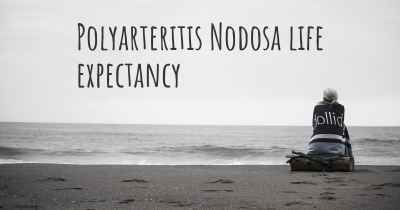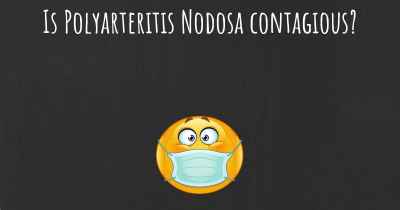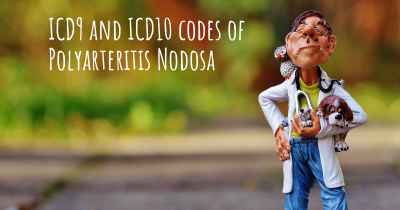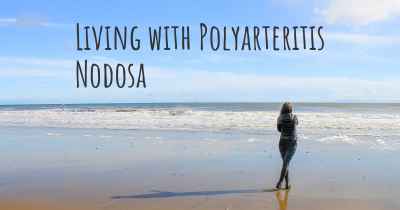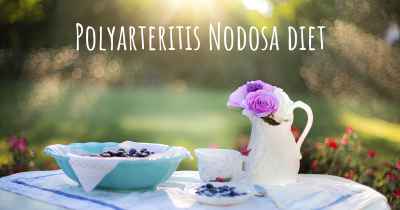What are the best treatments for Polyarteritis Nodosa?
See the best treatments for Polyarteritis Nodosa here
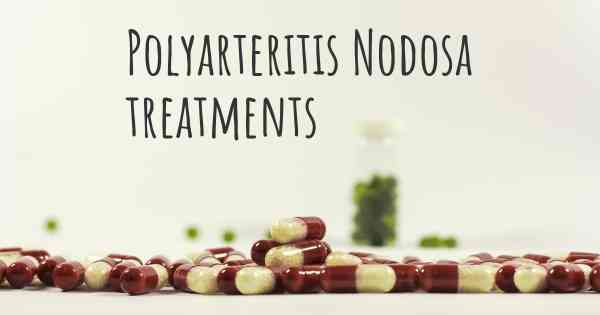
Polyarteritis Nodosa (PAN) is a rare autoimmune disease that affects the medium-sized arteries, leading to inflammation and damage in various organs. It primarily affects the kidneys, skin, nerves, gastrointestinal tract, and muscles. Prompt diagnosis and treatment are crucial to manage the symptoms, prevent complications, and improve the patient's quality of life.
There is no cure for PAN, but the goal of treatment is to control inflammation, relieve symptoms, and prevent organ damage. The treatment approach typically involves a combination of medications and supportive therapies.
1. Medications:
Immunosuppressants: These drugs help suppress the immune system and reduce inflammation. Corticosteroids, such as prednisone, are commonly prescribed to control PAN. Immunosuppressive drugs like cyclophosphamide or methotrexate may also be used to manage severe cases.
Biologic agents: In some cases, biologic agents like rituximab or tocilizumab may be prescribed to target specific components of the immune system and reduce inflammation.
Pain relievers: Nonsteroidal anti-inflammatory drugs (NSAIDs) can help alleviate pain and reduce inflammation. However, long-term use should be monitored due to potential side effects.
2. Supportive Therapies:
Blood pressure management: Controlling blood pressure is crucial to protect the kidneys and prevent further damage. Medications like angiotensin-converting enzyme (ACE) inhibitors or angiotensin receptor blockers (ARBs) are commonly prescribed.
Pain management: Depending on the severity of pain, analgesics or other pain management techniques may be recommended to improve the patient's comfort.
Organ-specific treatments: If PAN affects specific organs, such as the kidneys or nerves, additional treatments may be required. For kidney involvement, medications to reduce proteinuria and manage renal function may be prescribed. In cases of nerve damage, pain medications and physical therapy may be beneficial.
3. Lifestyle Modifications:
Healthy diet: Following a balanced diet low in sodium and saturated fats can help manage blood pressure and reduce the risk of complications.
Regular exercise: Engaging in regular physical activity, as recommended by a healthcare professional, can improve overall health and well-being.
Stress management: Stress can worsen symptoms and trigger flare-ups. Employing stress management techniques, such as meditation or counseling, can be beneficial.
4. Regular Monitoring:
Follow-up appointments: Regular check-ups with healthcare providers are essential to monitor disease progression, adjust medications, and address any concerns or complications.
Laboratory tests: Blood tests, urine tests, and imaging studies may be performed periodically to assess organ function, monitor inflammation levels, and detect any potential complications.
Early detection and treatment of PAN are crucial to prevent irreversible organ damage and improve long-term outcomes. It is important for individuals with suspected symptoms to consult a healthcare professional for a comprehensive evaluation and appropriate management.
Posted Mar 31, 2018 by Verna 3000
